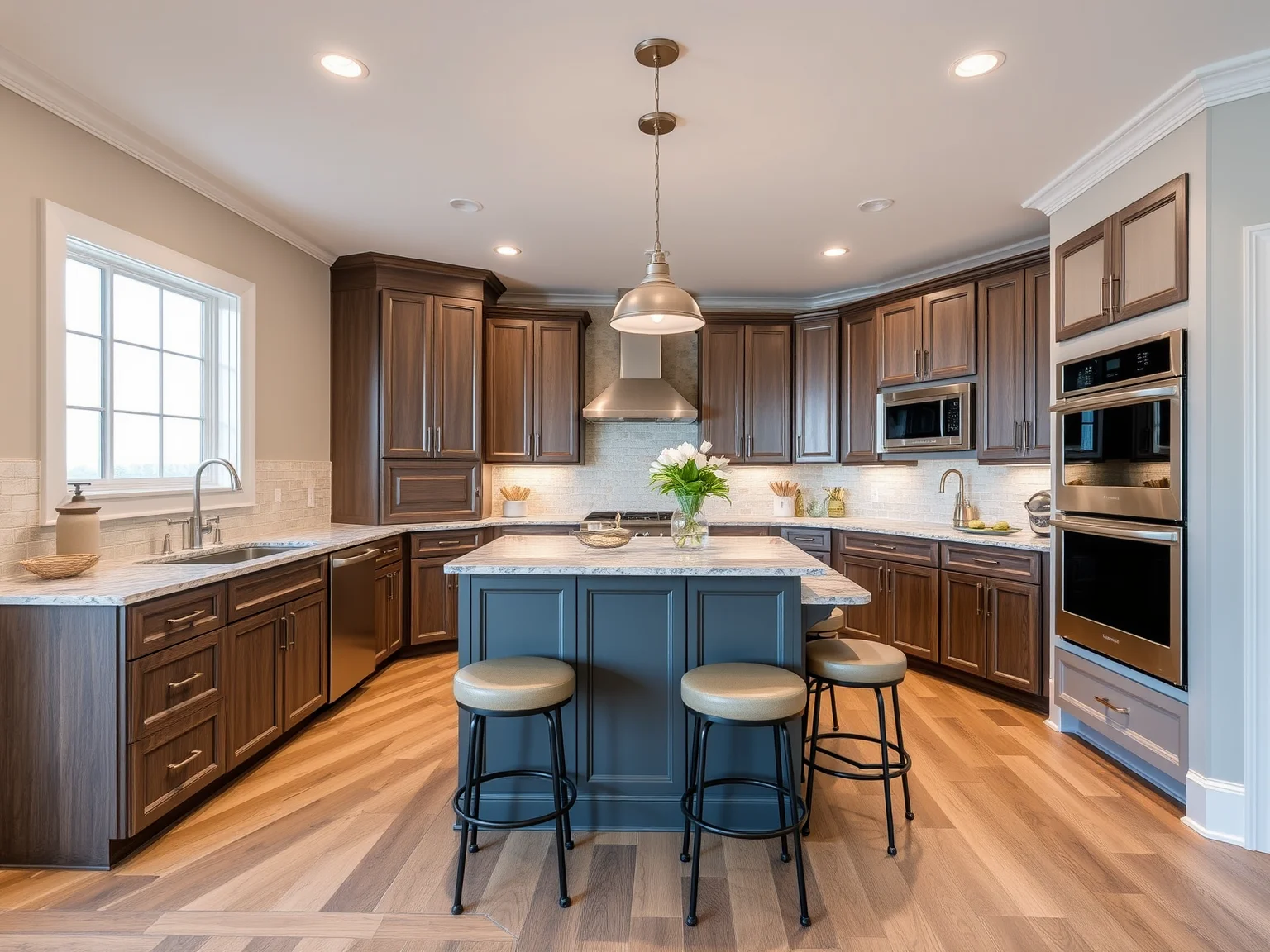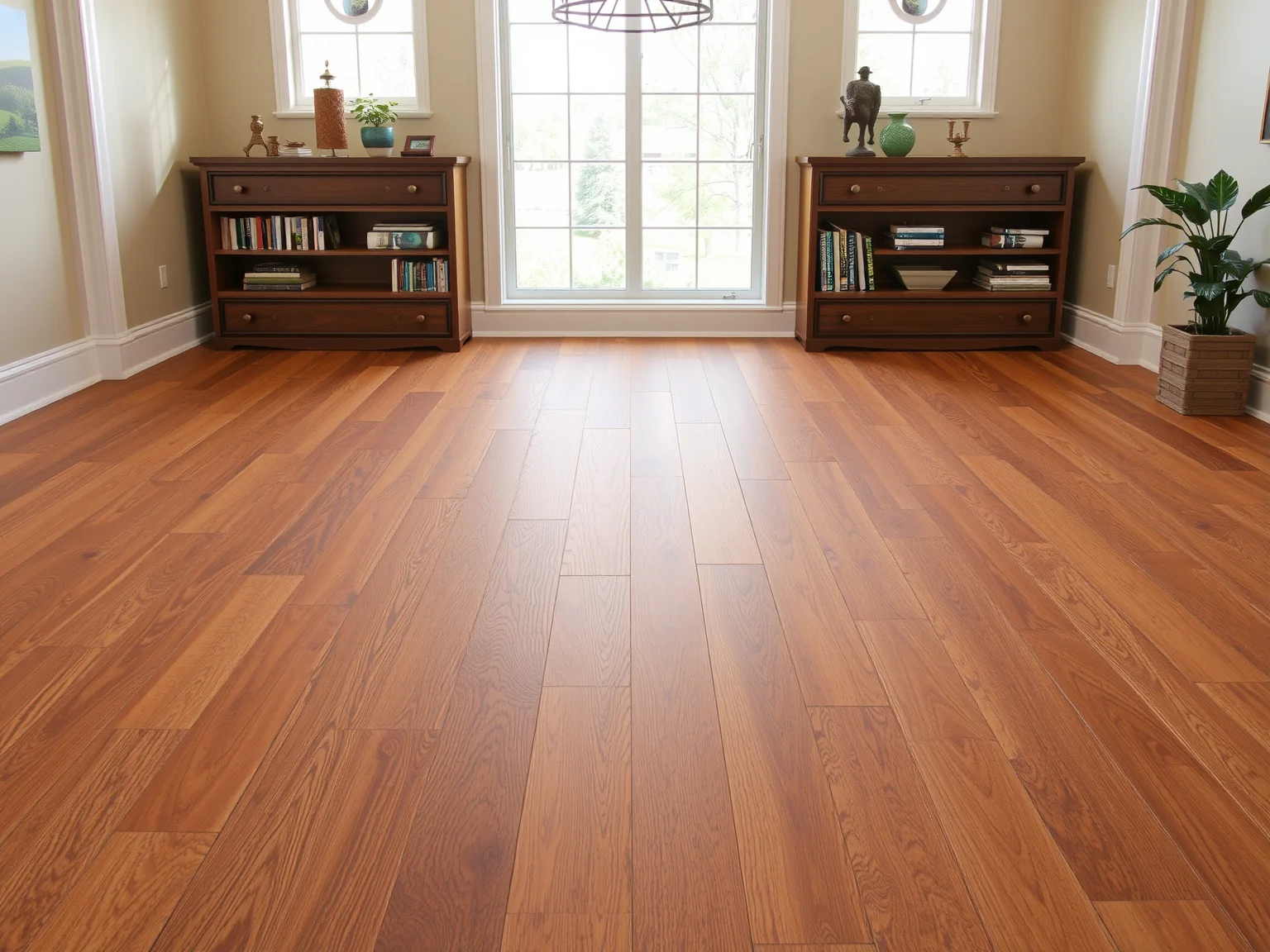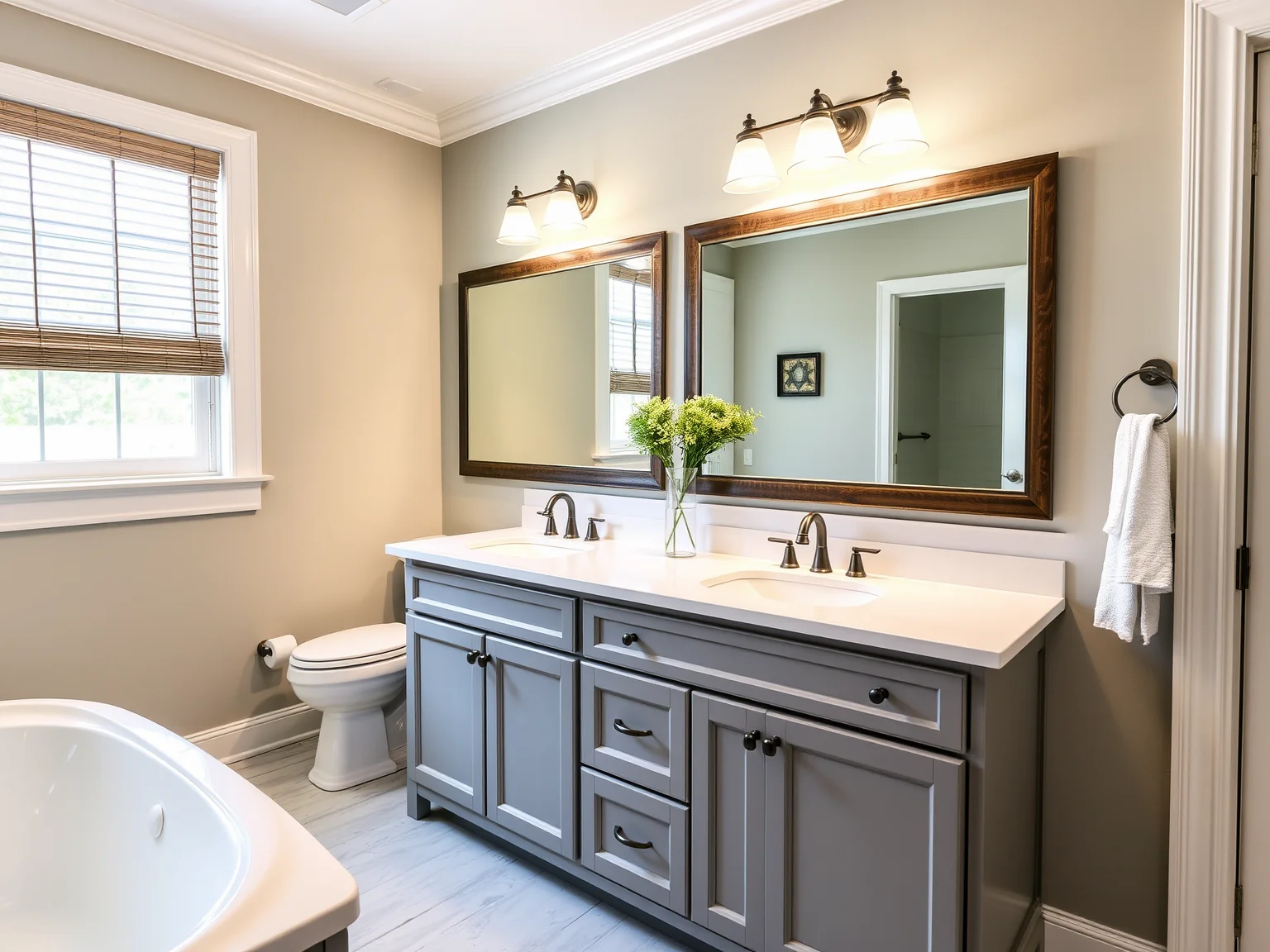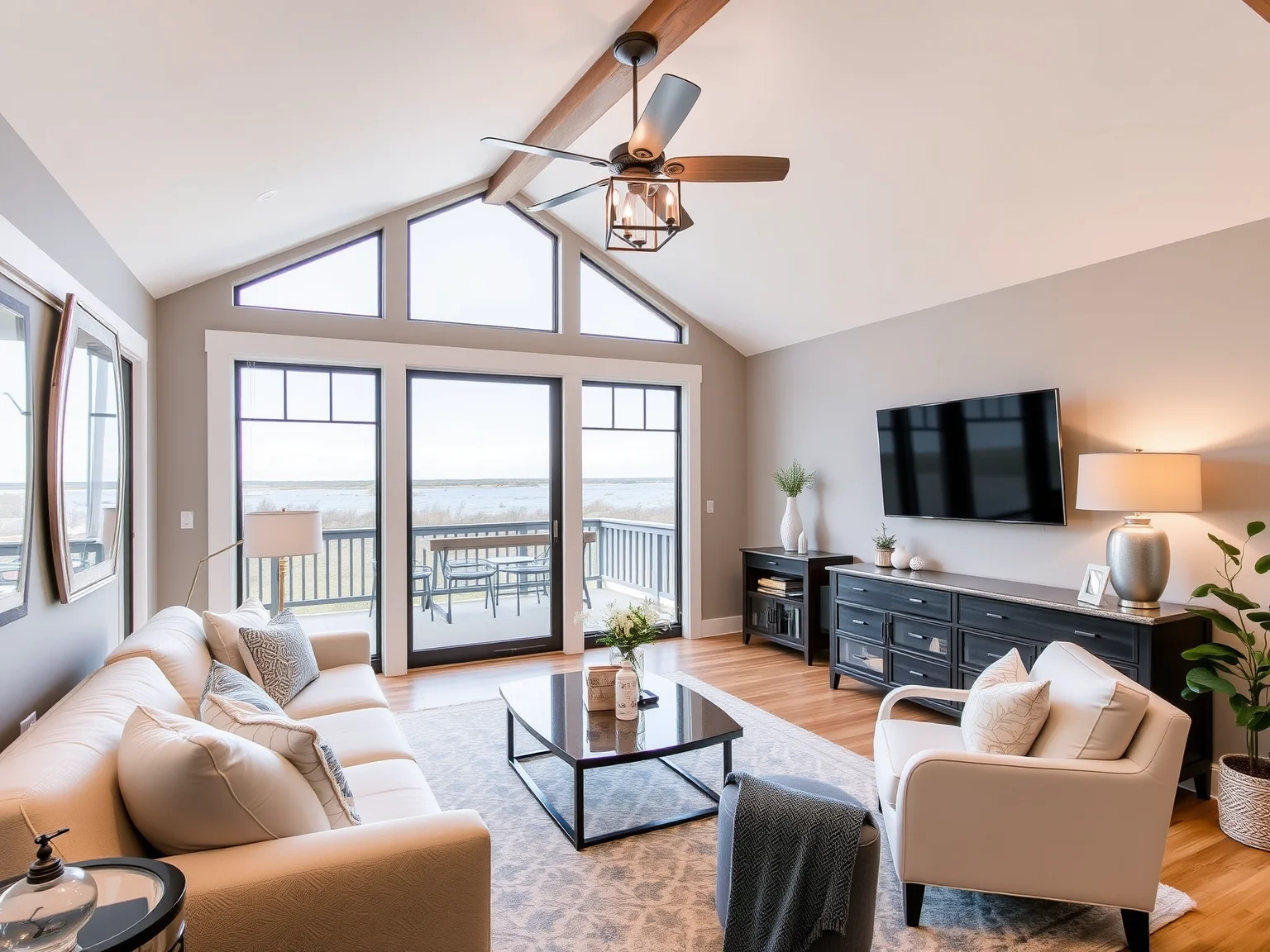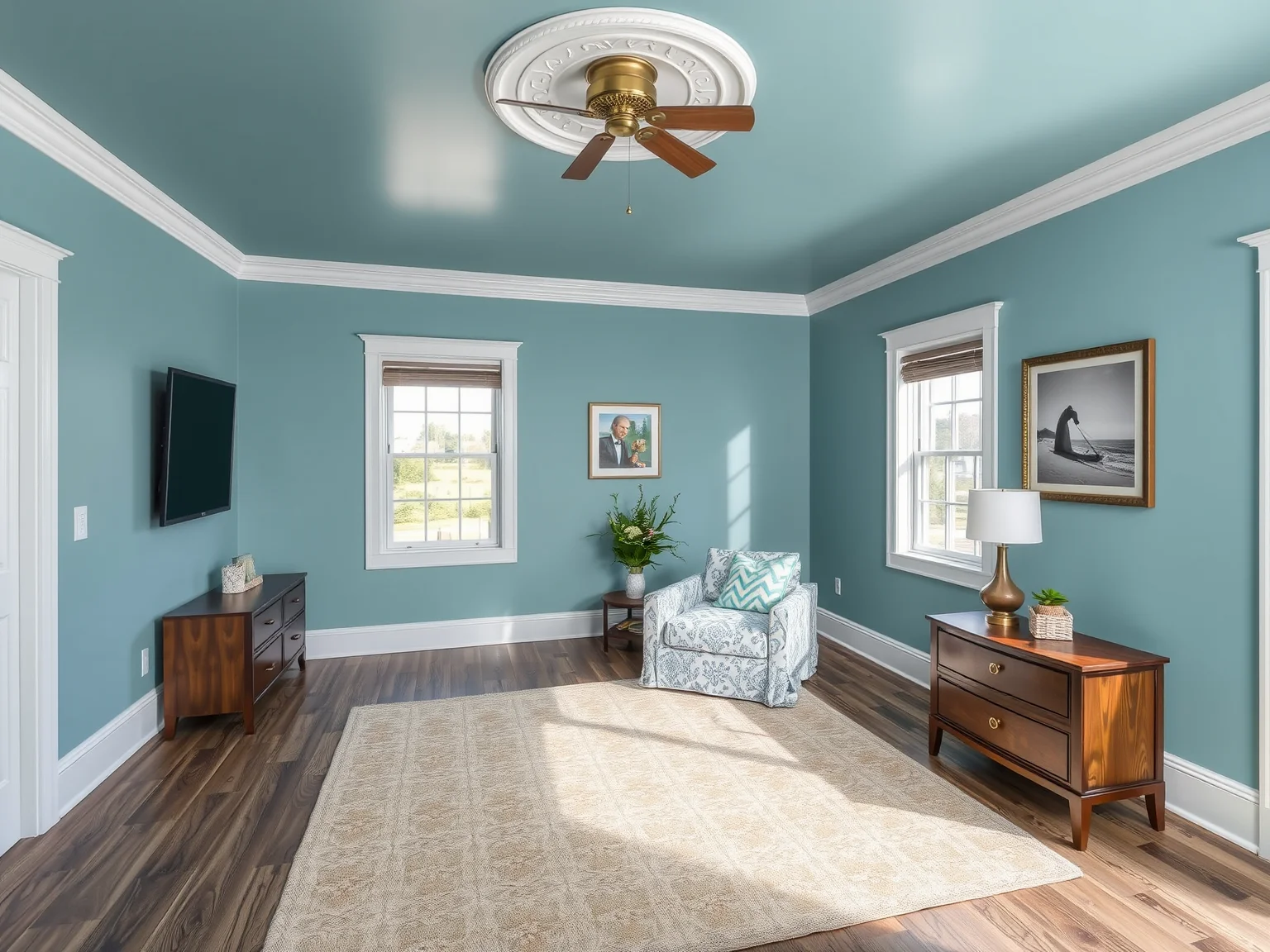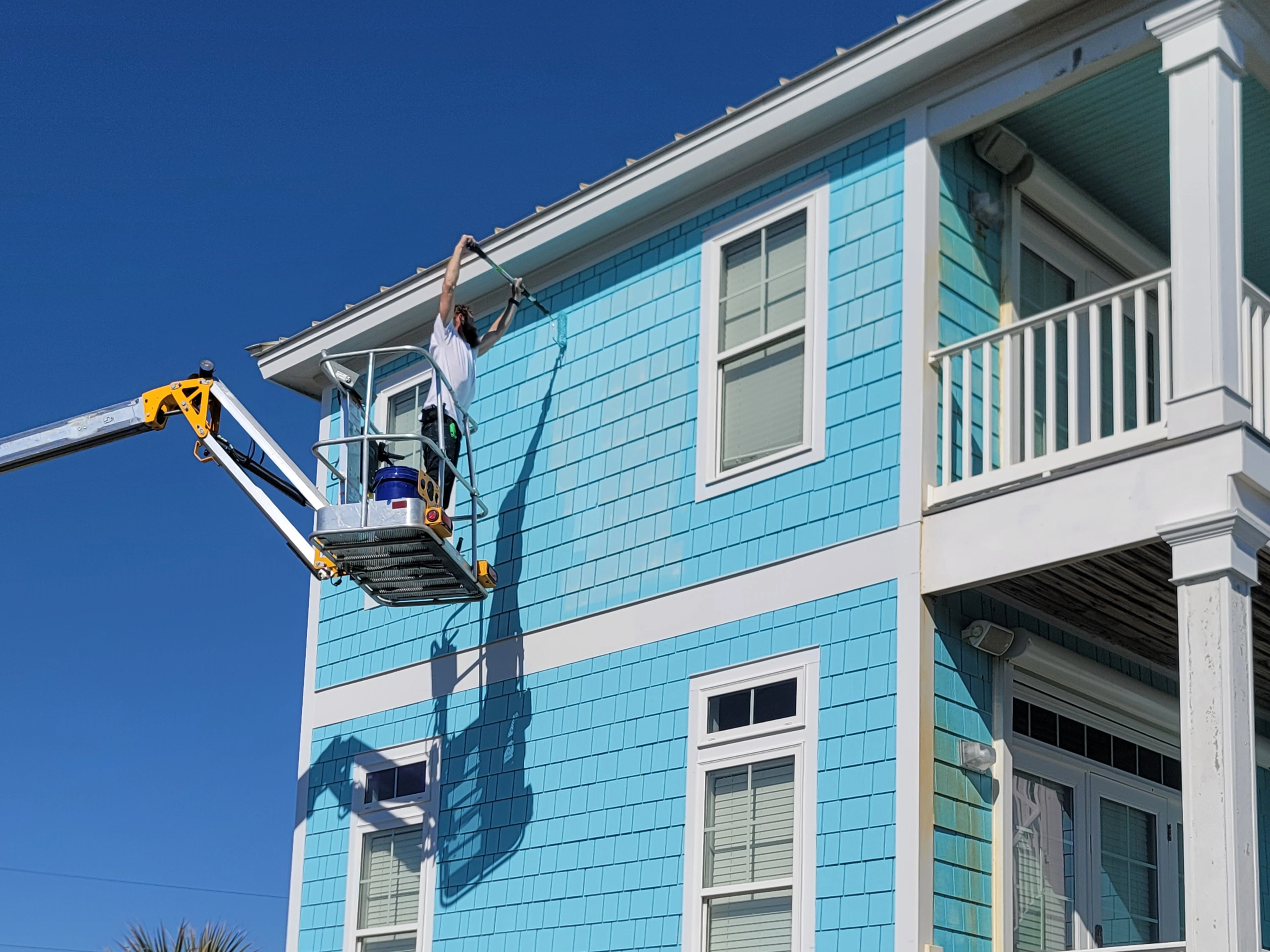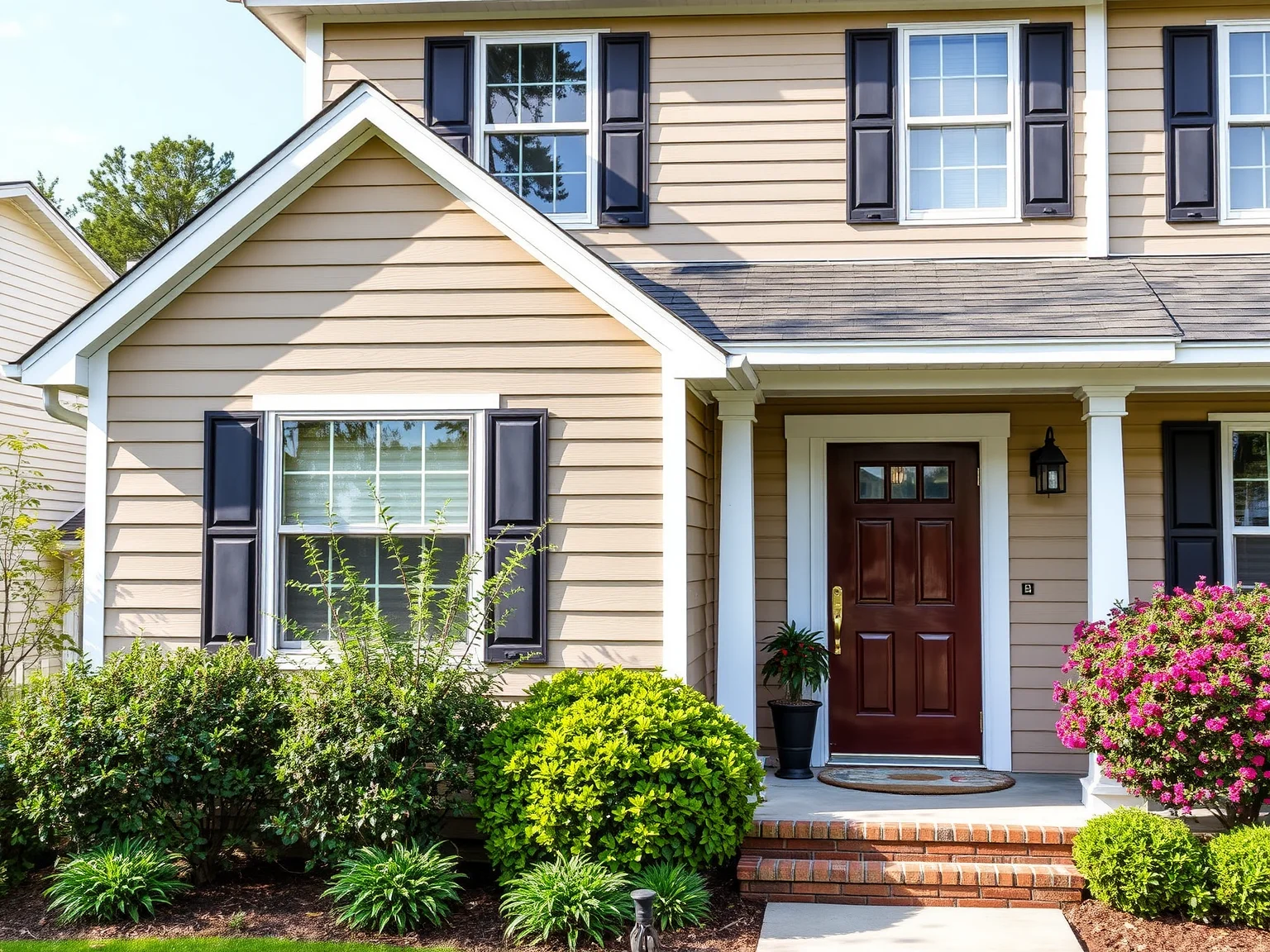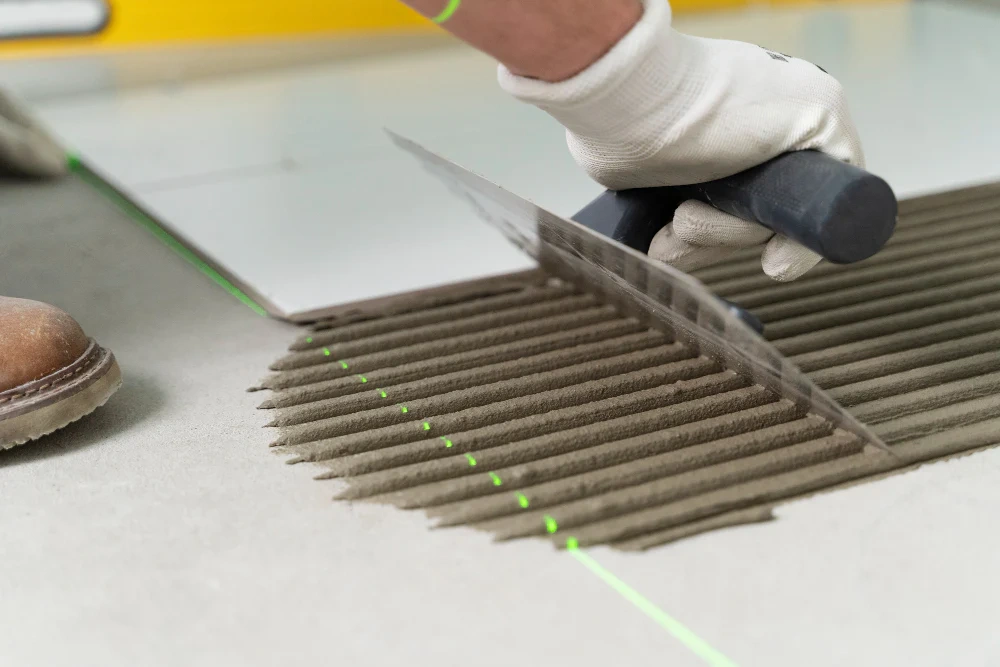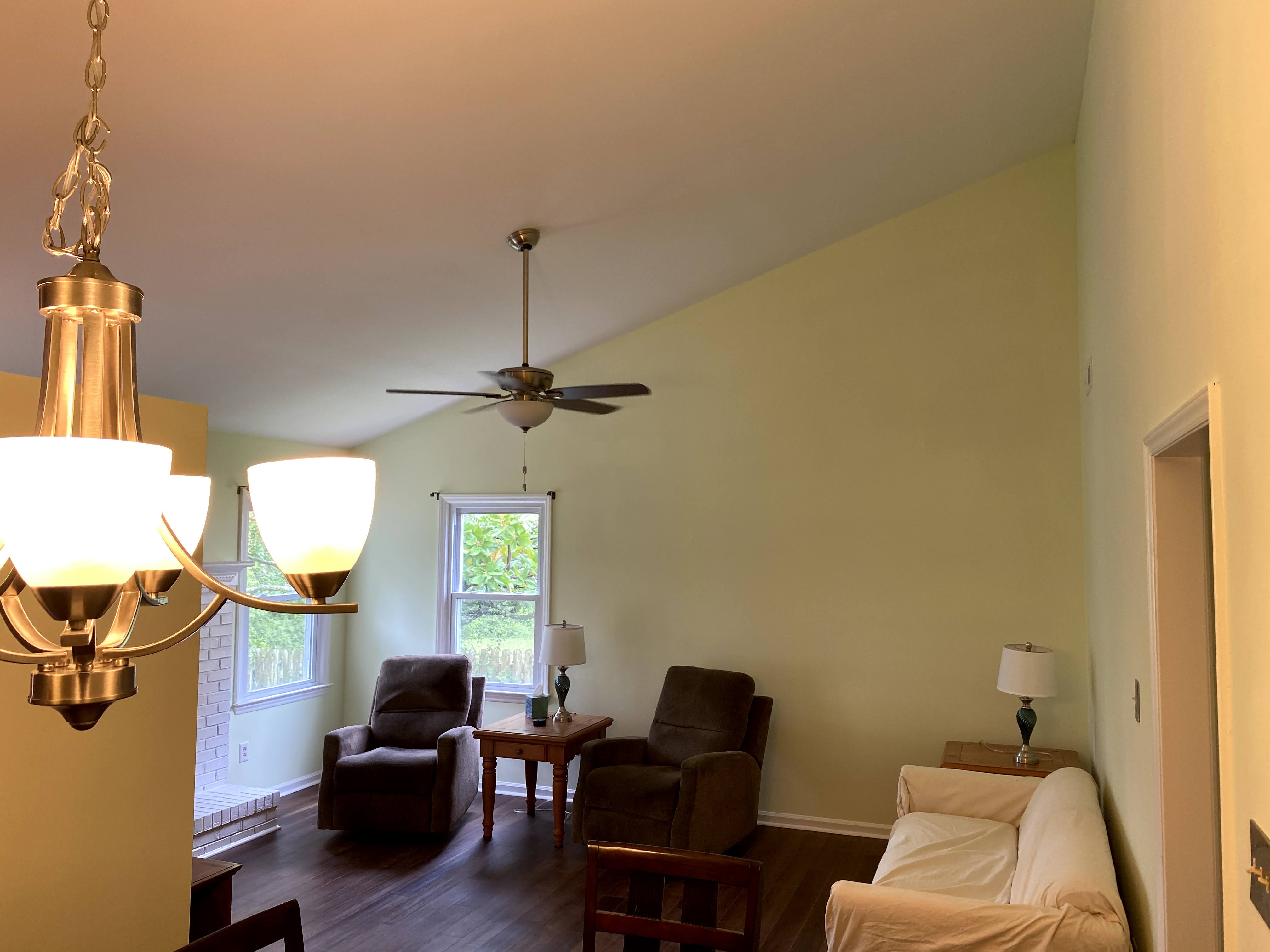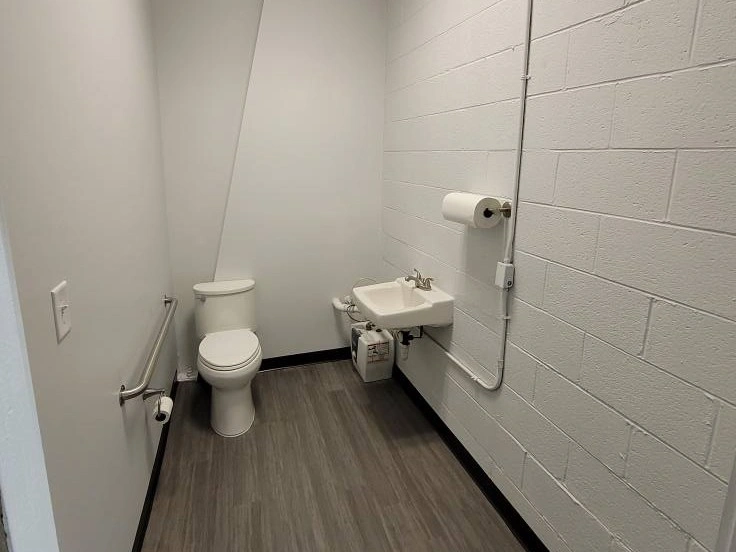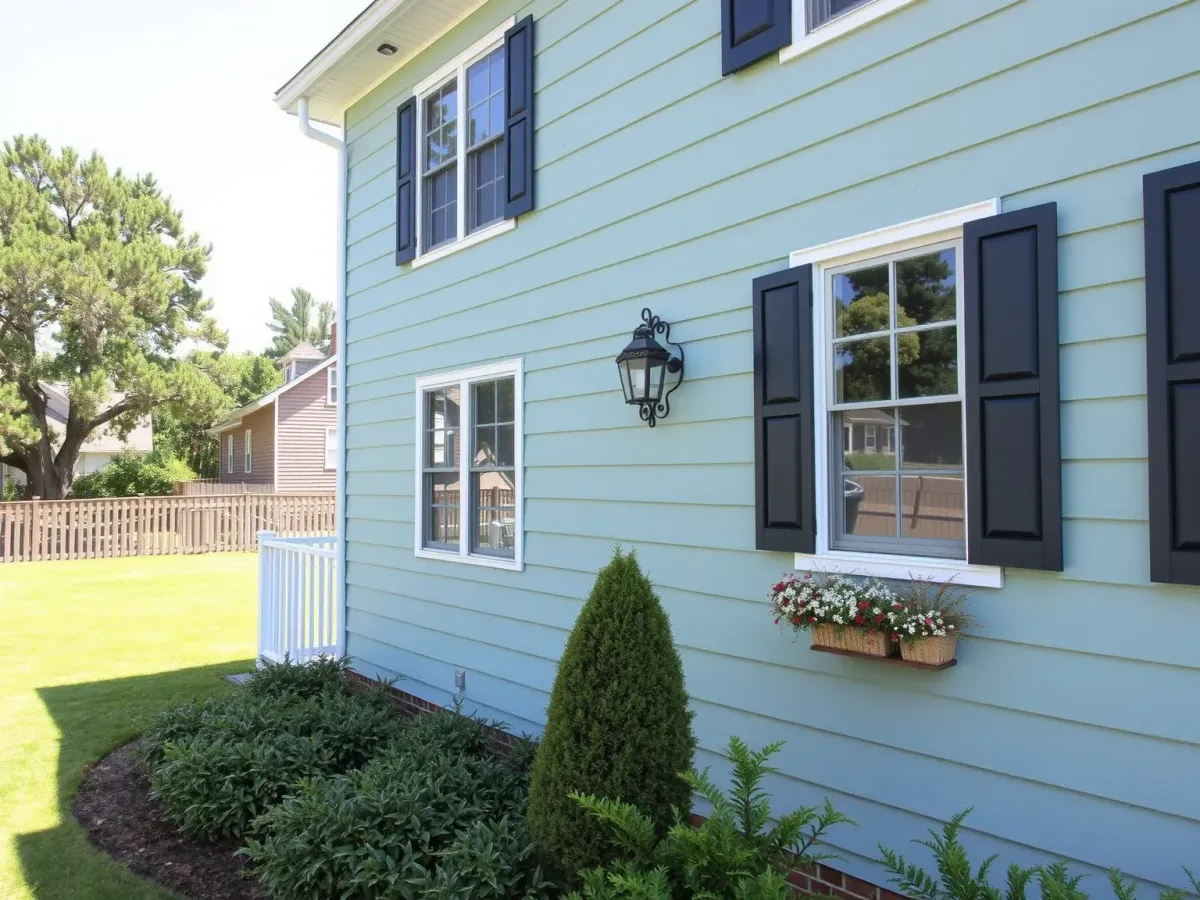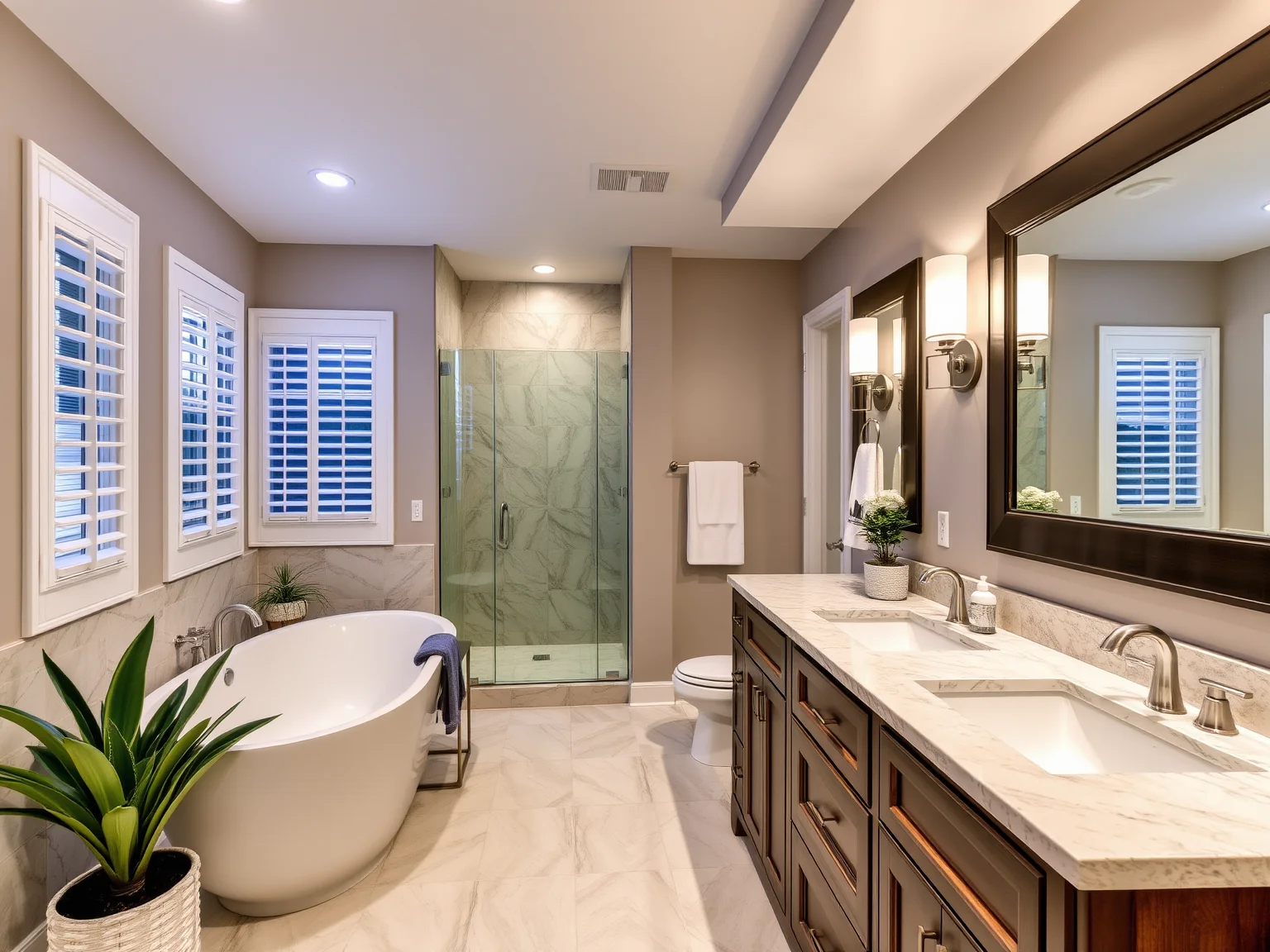
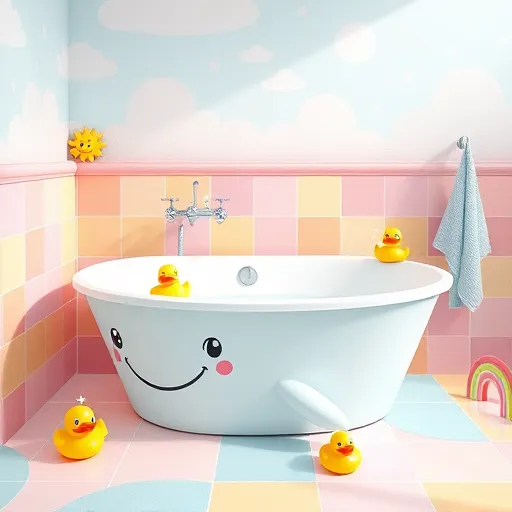
How to Design a Kid Friendly Bathroom | Tips & Ideas for Safety
A Step-by-Step Guide on How to Design a Kid-Friendly Bathroom for Safety and Functionality
Designing a bathroom that accommodates the needs of children while maintaining safety and practicality requires a thoughtful approach grounded in both engineering principles and child development insights. Achieving this balance involves meticulous planning, selecting suitable materials, and ensuring the space promotes independence, safety, and durability. In this guide, we delve into the scientific methodologies behind creating a kid-friendly bathroom that seamlessly integrates safety features and functional design elements.
What Are the Core Principles Behind a Kid-Friendly Bathroom Design?
Fundamentally, a kid-friendly bathroom must prioritize safety, accessibility, and longevity. Scientific research underscores the importance of ergonomic design tailored to children's stature, minimizing hazards through child-proofing measures, and selecting materials resistant to wear and moisture. These principles are reinforced through analyzing data on common household injuries among children and integrating evidence-based safety standards.
How Can You Assess and Implement Safety Features Effectively?
Effective safety implementation begins with a comprehensive risk assessment informed by pediatric safety standards. This involves:
Lowering fixtures such as sinks and showers to accessible heights, enabling independence while preventing strain or injury.
Using non-slip flooring surfaces like luxury tile installation that enhance traction and reduce fall risks.
Securing electrical outlets with child-proof covers and avoiding the placement of electrical devices near water sources.
Installing safety rails and grab bars where necessary, especially around tubs and toilets, based on ergonomic data.
Incorporating rounded edges on fixtures and furniture to prevent injuries from accidental collisions.
Scientific studies suggest that proper lighting considerably reduces accidents; hence, integrating night lights and ensuring adequate illumination is essential.
What Materials Are Best Suited for a Kid-Friendly Bathroom?
The choice of durable, water-resistant, and easy-to-clean materials is crucial for longevity and safety. For flooring, flooring installation using slip-resistant, antimicrobial surfaces minimizes mold growth and maintains hygiene. For wall surfaces, ceramic or porcelain tiles with high abrasion resistance and smooth finishes enhance safety and ease of cleaning.
Windows and mirrors should be made with shatterproof glass or acrylic to prevent injury. Countertops should be made from non-porous materials that resist staining and water damage, facilitating hygienic maintenance.
How Do You Incorporate Ergonomics Into the Design?
Ergonomic considerations are vital for creating a comfortable and safe environment for children. Designing fixtures at accessible heights encourages independence:
Install bathroom vanities that are height-adjusted, enabling children to perform grooming tasks comfortably.
Use adjustable mirrors and showerheads, borrowing principles from ergonomic science to accommodate different sizes and abilities.
Ensureступо plumbing services are optimized to prevent scalding, with thermostatic mixing valves that maintain safe water temperature levels.
Applying ergonomic data not only fosters independence but also reduces the likelihood of strain and injury during daily routines.
What Are the Best Design Strategies for Maintaining Cleanliness and Hygiene?
A scientifically clean environment contributes significantly to health. Incorporating materials resistant to microbial growth and designed for easy cleaning reduces the risk of infection. Features such as seamless flooring and wall transitions prevent dirt accumulation. Regular sanitization routines complemented by high-quality finishes enhance hygiene standards.
Designing for ease of cleaning also includes choosing fixtures with simple maintenance, such as wall-mounted toilets and sinks, which facilitate thorough sanitation.
How Can You Enhance Aesthetic Appeal Without Compromising Safety?
Balancing aesthetics with safety involves choosing colors and designs that are stimulating yet calming for children. Bright, cheerful colors can promote positive emotions, while contrasting tones enhance visual clarity for safety. Incorporating playful elements, such as vibrant tiles or themed accessories, can motivate children to engage with the space responsibly.
Professional remodeling services like bathroom remodeling can help you realize a harmonious blend of style and safety through custom solutions tailored to children’s needs.
What Are the Critical Tools for Maintaining and Upgrading a Kid-Friendly Bathroom?
Regular maintenance is essential for ongoing safety and functionality. Applying a scientific approach entails scheduled inspections of fixtures, electrical outlets, and drainage systems to identify potential hazards early. Upgrading fixtures, such as modern, touchless faucets or digital temperature controls, can significantly enhance safety and convenience.
Consider consulting experts for comprehensive projects—ranging from interior painting to interior painting—to ensure durability and safety standards are met.
How Do Regulations Influence the Design of a Kid-Friendly Bathroom?
Safety standards set by organizations such as the ASTM or local building codes guide the design process. These regulations specify minimal safety requirements, including anti-slip surfaces, appropriate outlet heights, and fire-resistant materials, ensuring legal compliance and optimal safety.
Involving a certified contractor or general contractor guarantees adherence to these standards and integrates the latest safety innovations into your bathroom design.
What Are Practical Tips for Distributing Space for Flexibility and Growth?
Planning for future needs involves flexible design choices. Incorporate adjustable fixtures, modular storage, and scalable layouts that accommodate growth and changing needs. Ensuring enough space around fixtures helps prevent crowding and facilitates safe movement.
Utilize value engineering principles to balance space, cost, and safety, creating a long-lasting, adaptable environment.
Can You Incorporate Smart Technology for Better Safety and Functionality?
Smart home technologies can enhance child safety through features like automated water temperature controls, motion-activated lighting, and security alerts. Installing digital monitoring systems allows parents to oversee bathroom activities remotely, adding an extra layer of safety.
Innovative solutions, combined with expert guidance, make modern kid-friendly bathrooms both safe and technologically advanced.
Conclusion
Designing a kid-friendly bathroom involves a combination of scientific principles, ergonomic considerations, and safety standards. By integrating durable materials, thoughtful fixtures, and safety features, you create a space that is secure, functional, and inviting for children. Incorporating expert services such as turnkey construction guarantees a seamless project from inception to completion, ensuring the final result meets all safety and functionality benchmarks.
For customized solutions tailored to your family’s needs, consider consulting with experienced professionals who specialize in bathroom remodeling and safety compliance.
Frequently Asked Questions (FAQs)
How to ensure the bathroom fixtures are safe for children? Focus on fixtures with rounded edges, non-slip surfaces, and ergonomic designs. Always verify that fixtures meet safety standards and are installed by qualified professionals.
What features make a bathroom more accessible for young children? Adjustable-height vanities, lowered sinks and mirrors, safety rails, and non-slip flooring contribute significantly to accessibility.
Is it necessary to use specialized materials for a kid’s bathroom? Yes, using water-resistant, antimicrobial, and durable materials helps maintain hygiene and reduces maintenance needs, ensuring long-lasting safety.
Custom HTML/CSS/JAVASCRIPT


